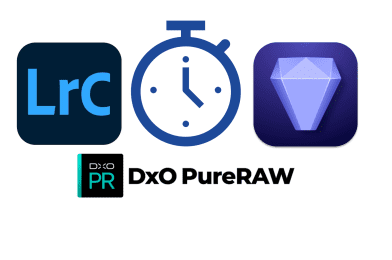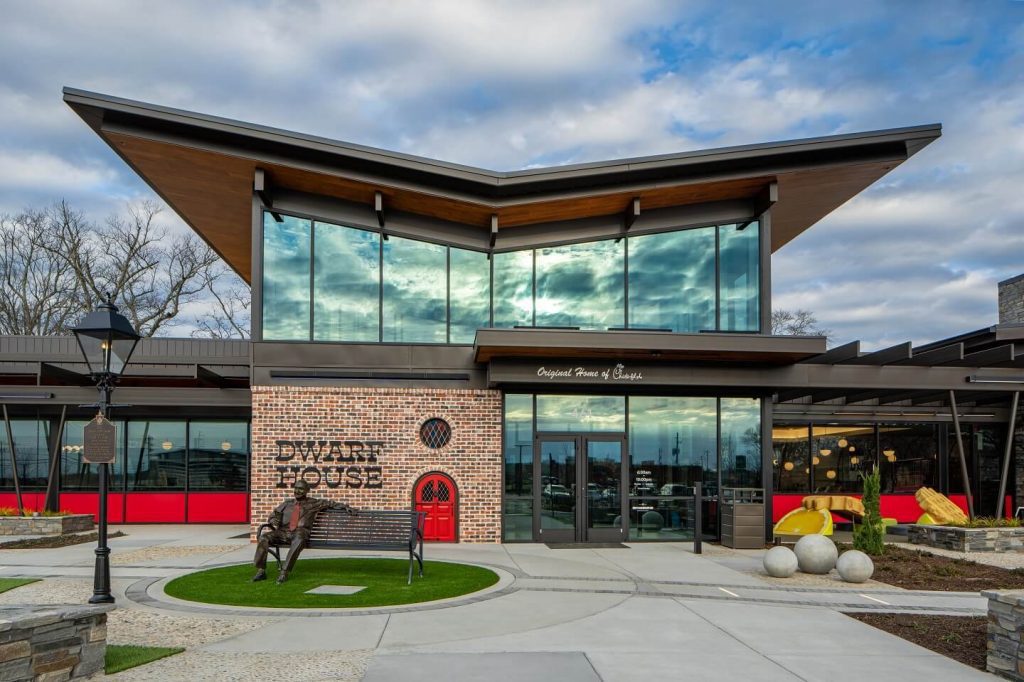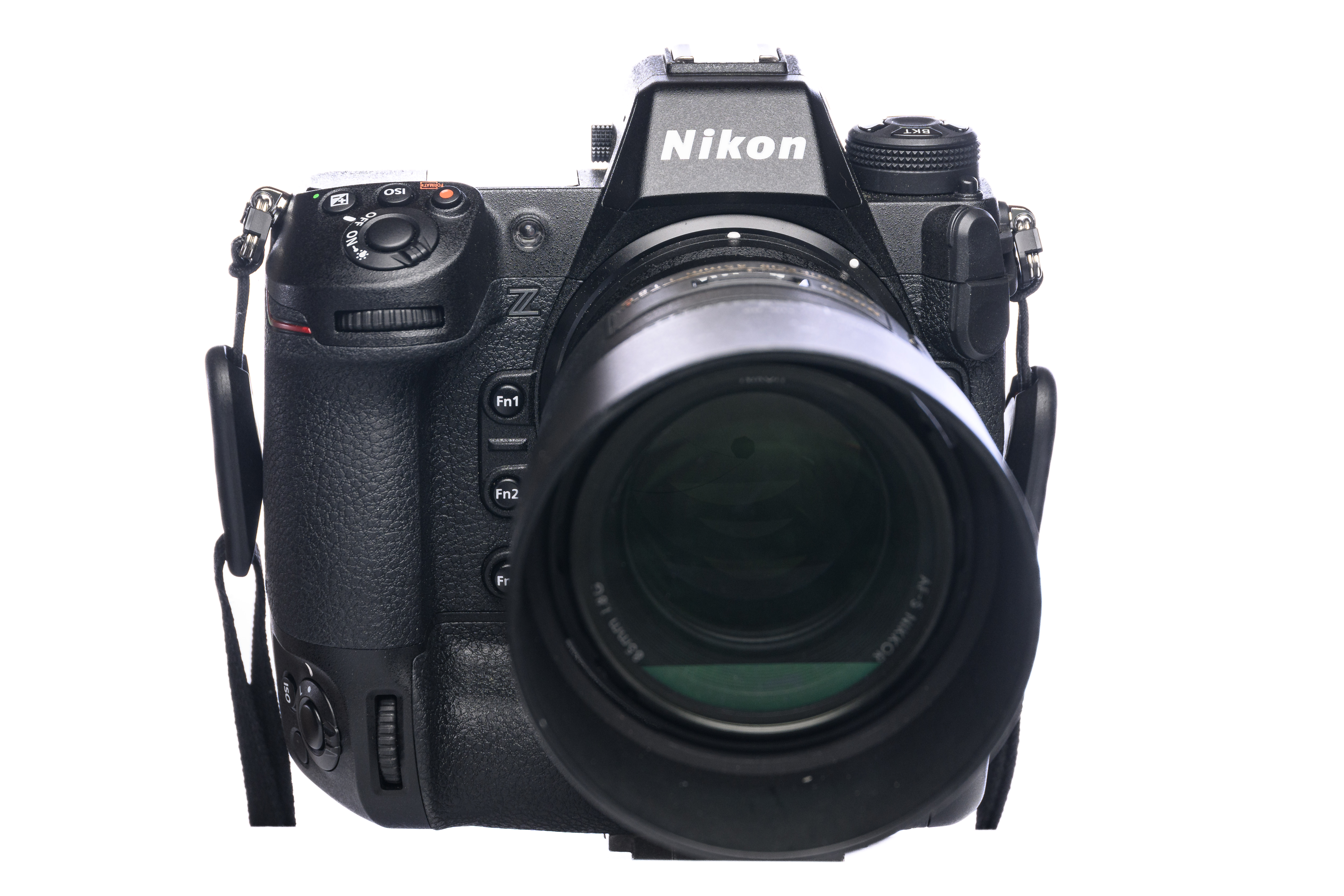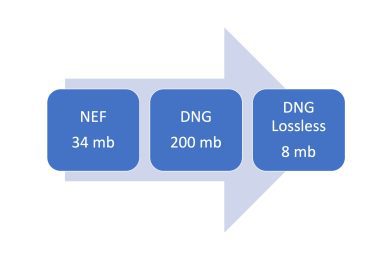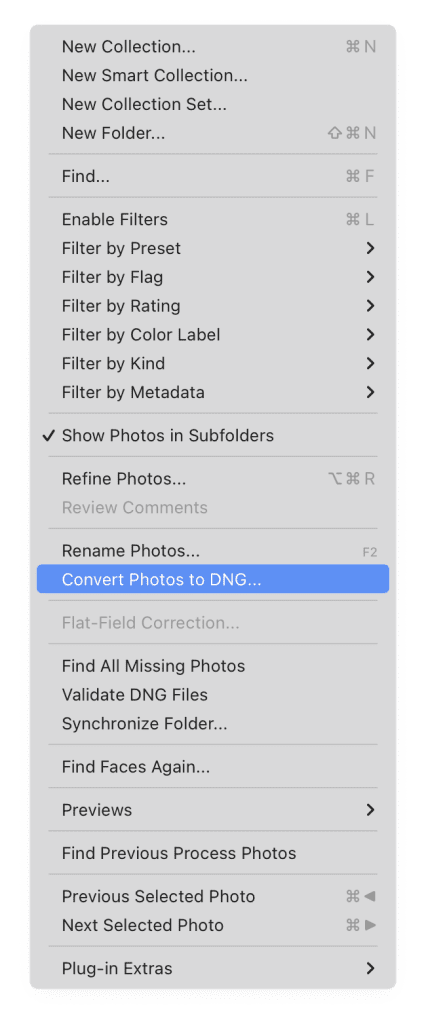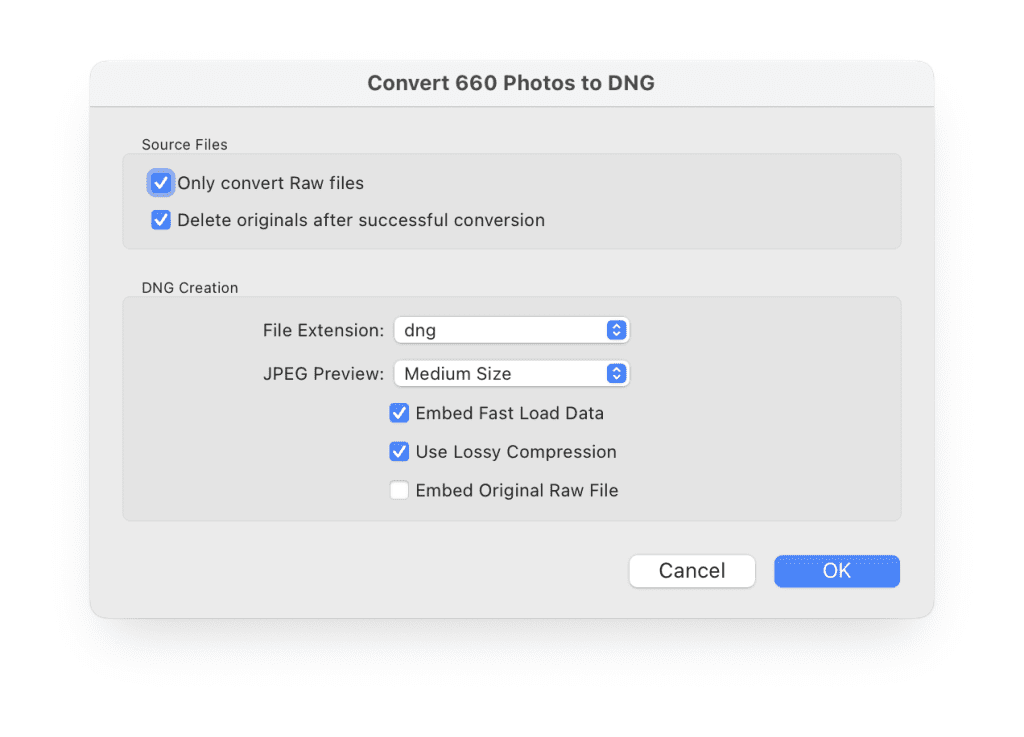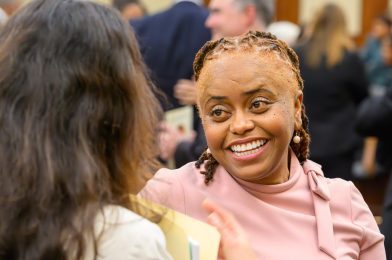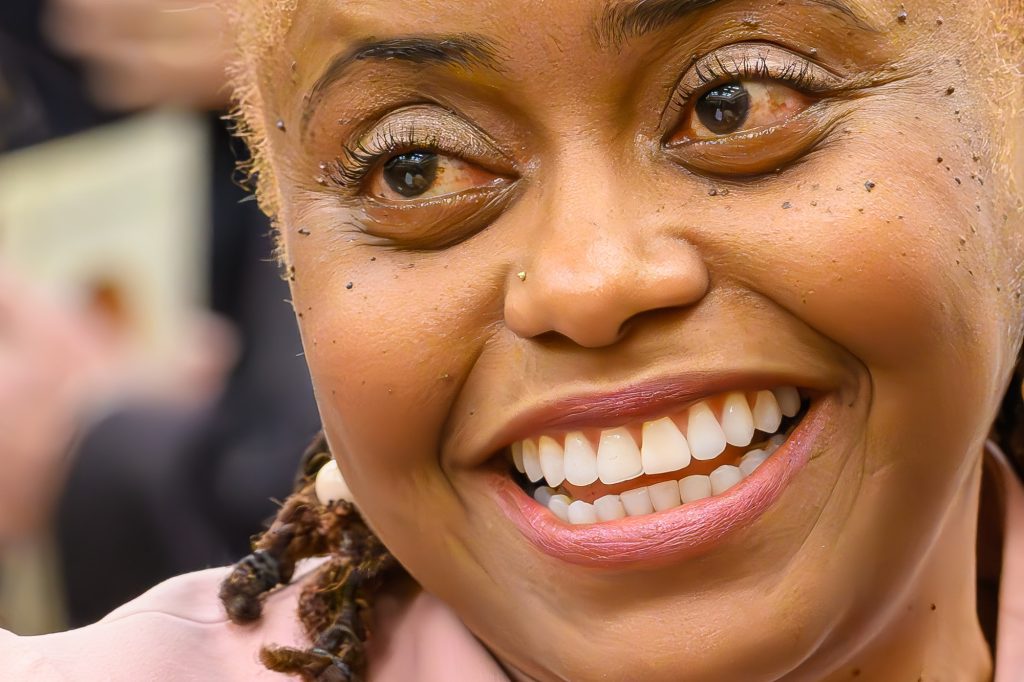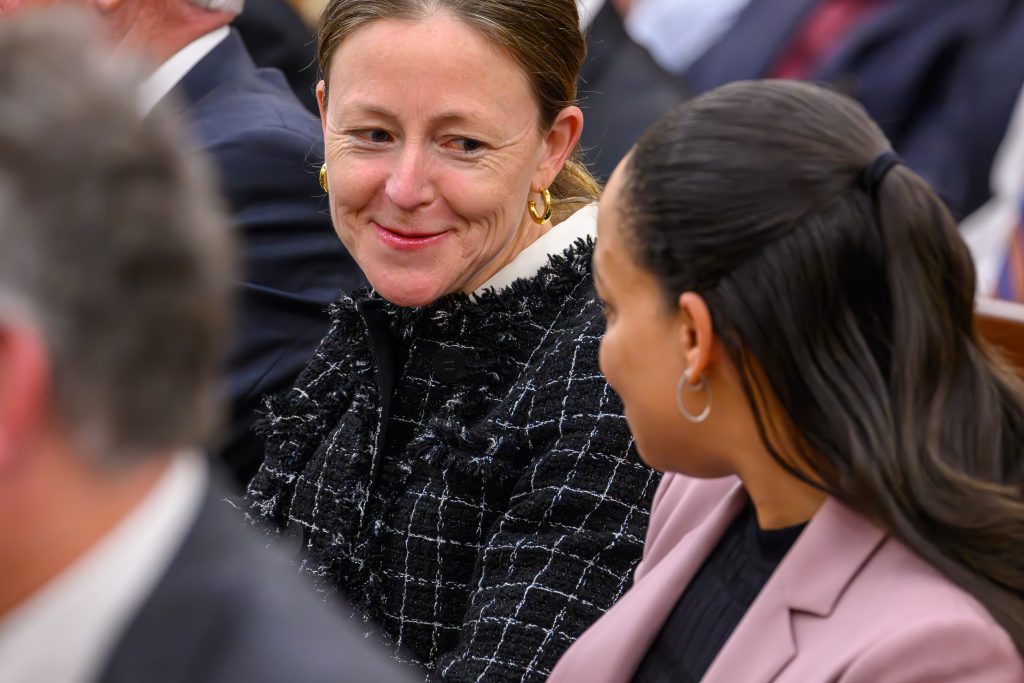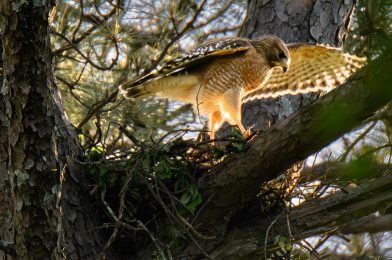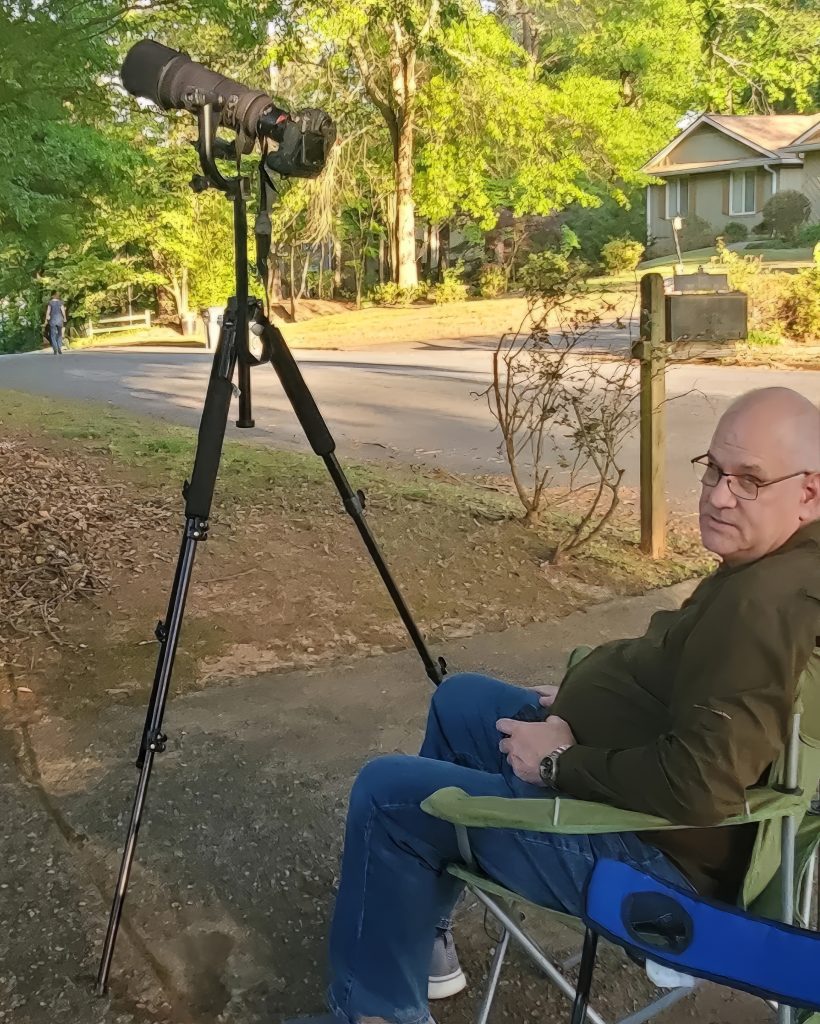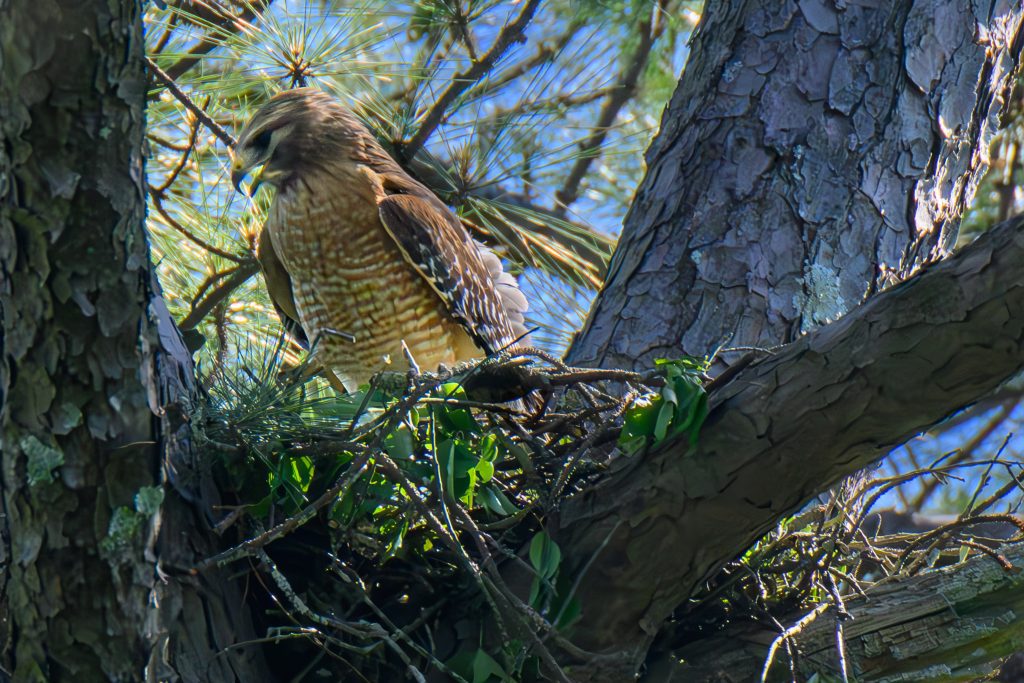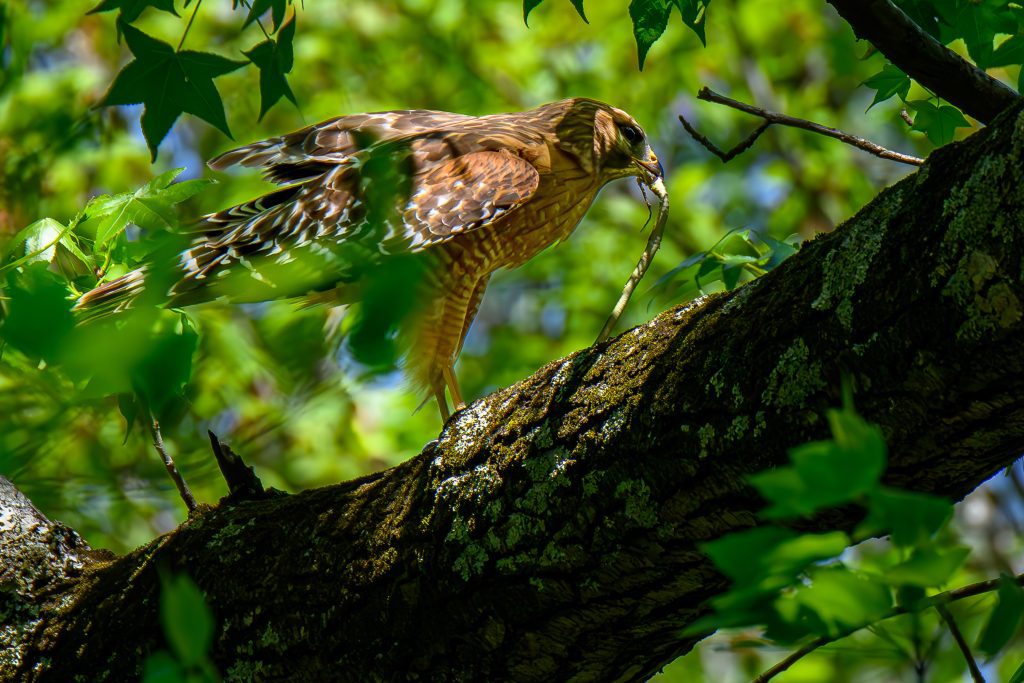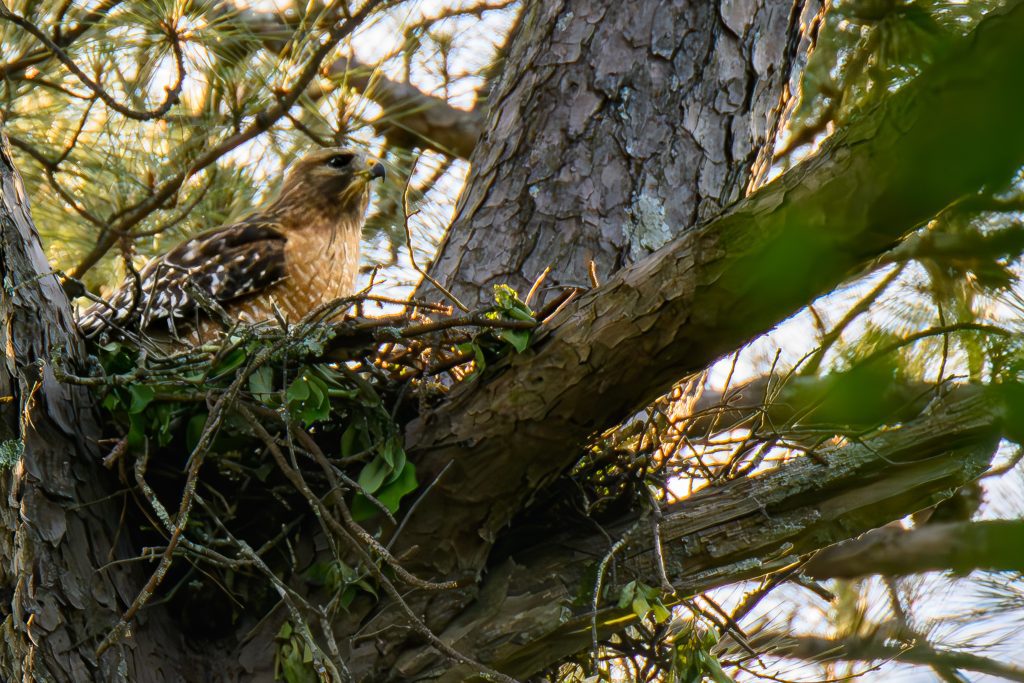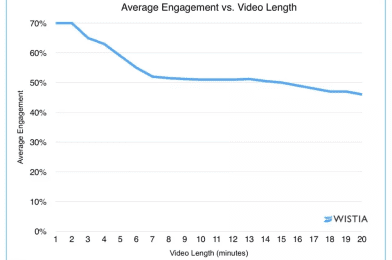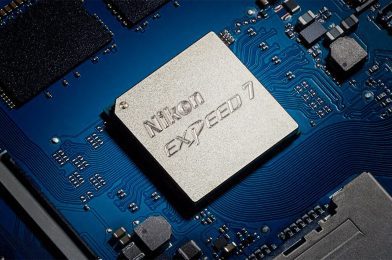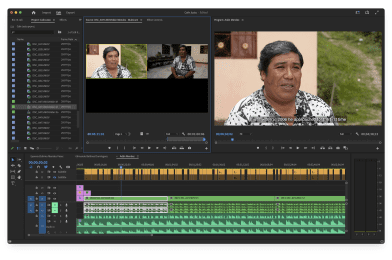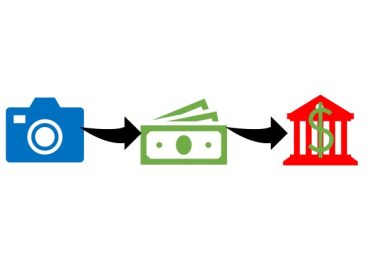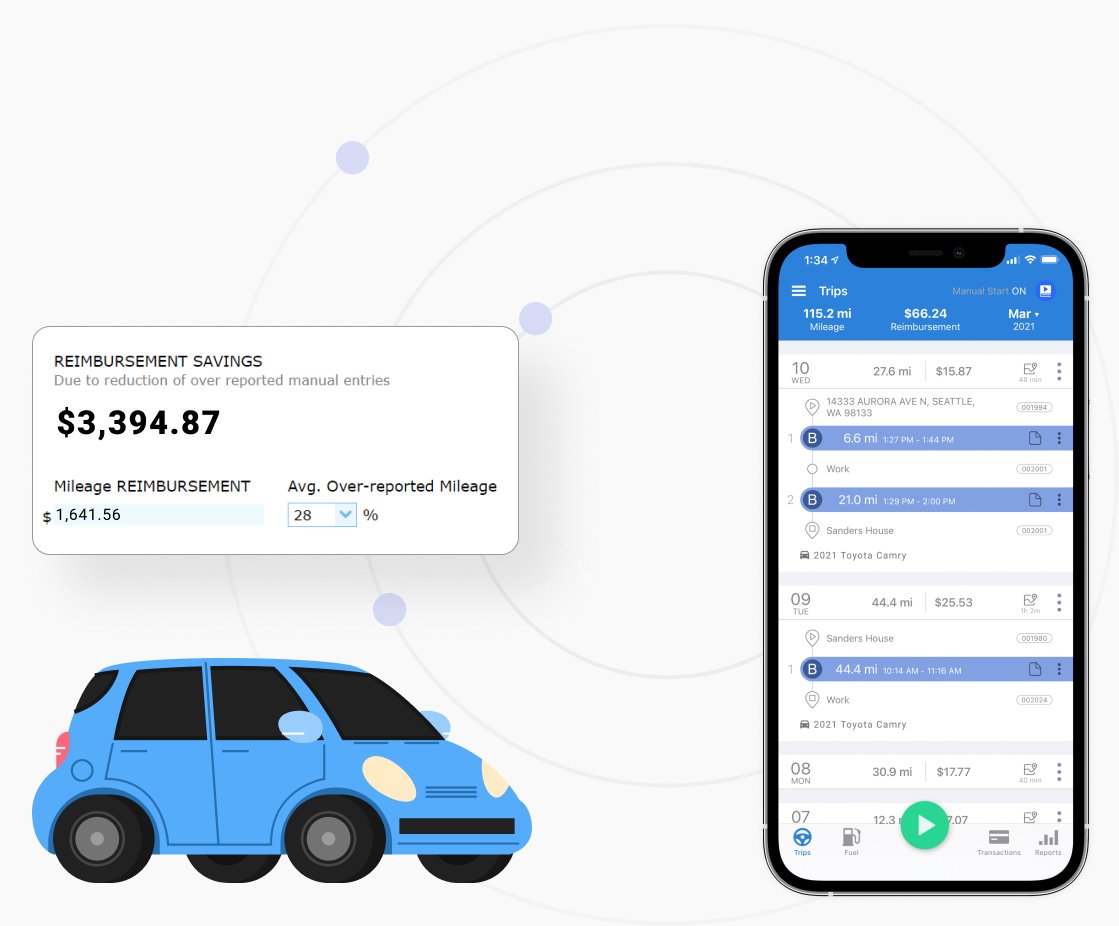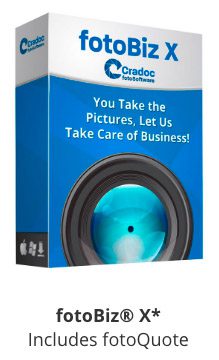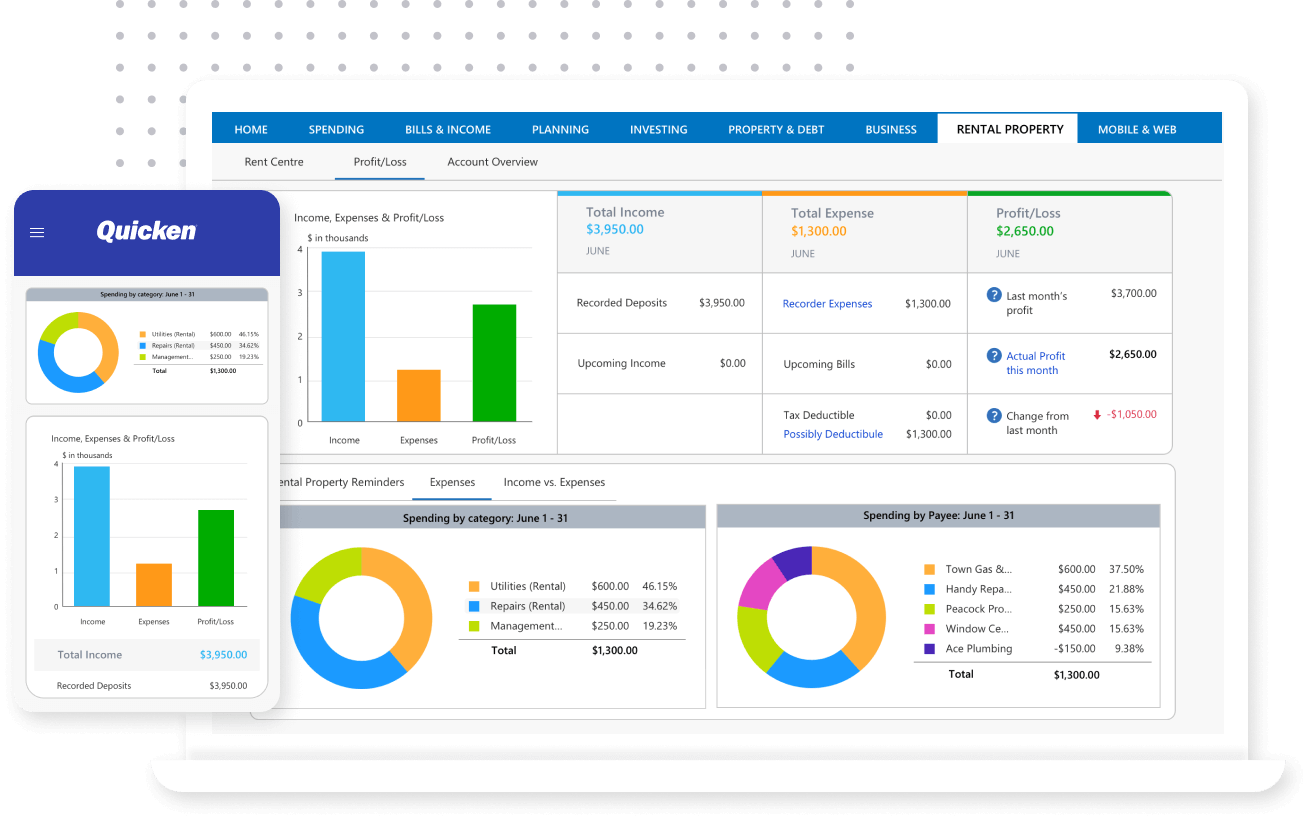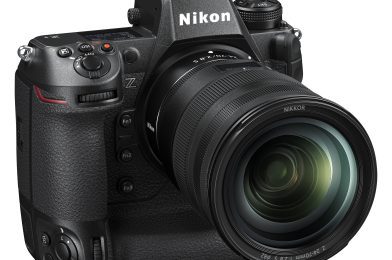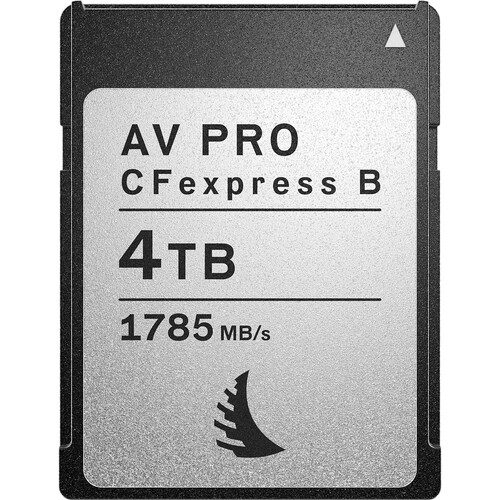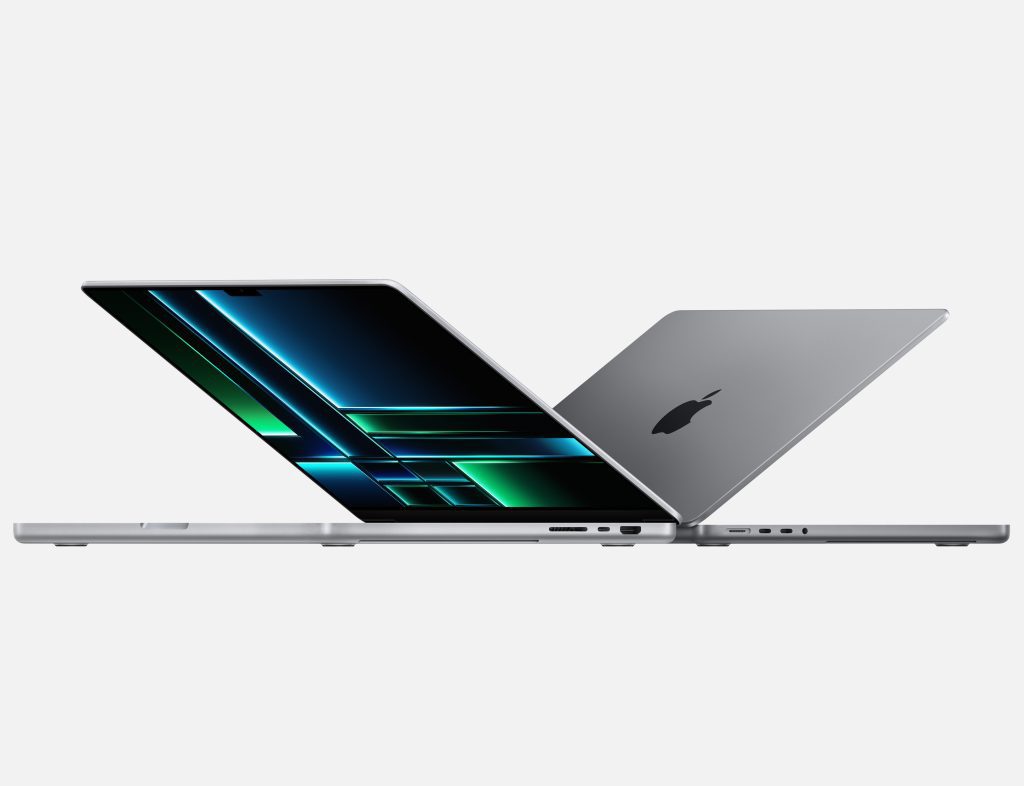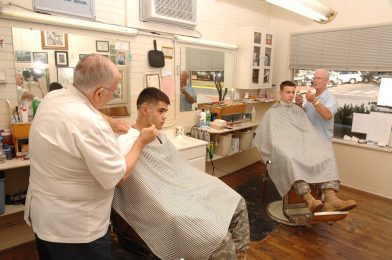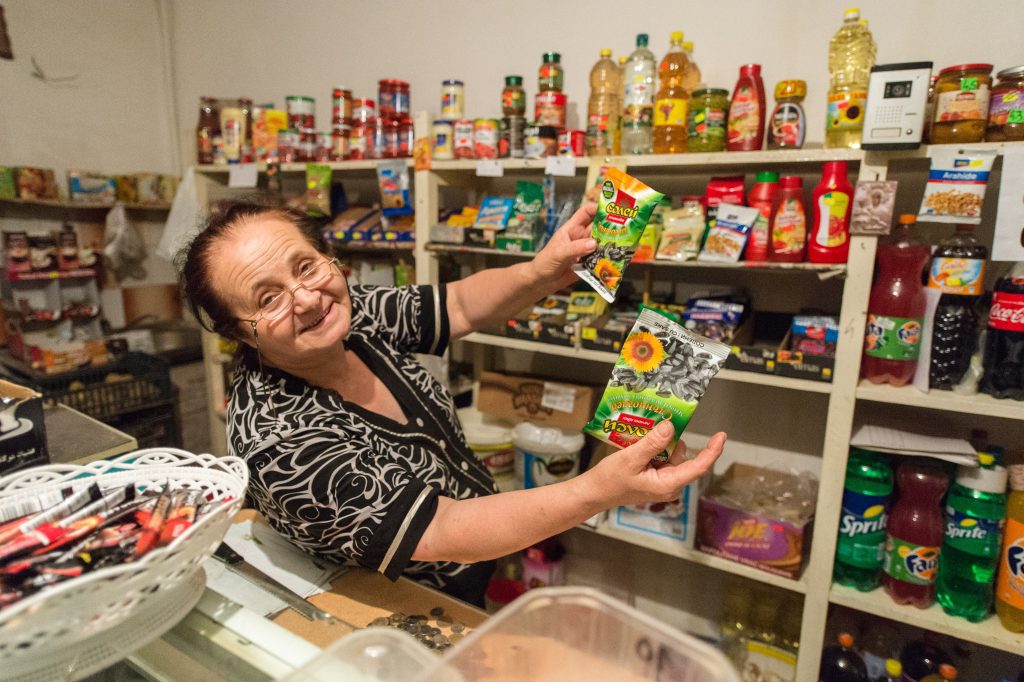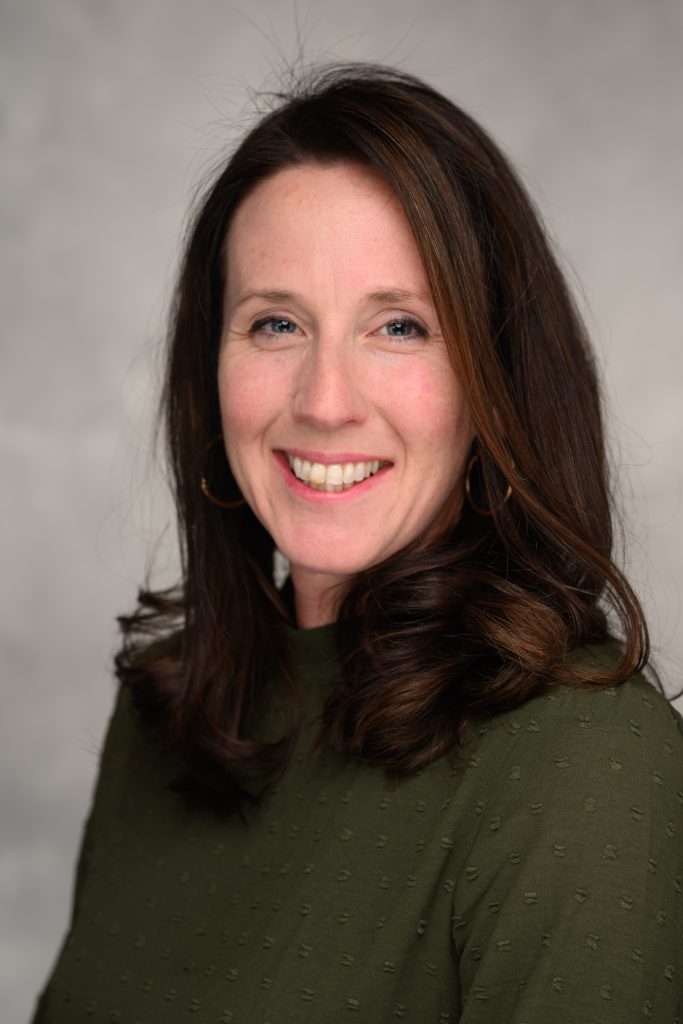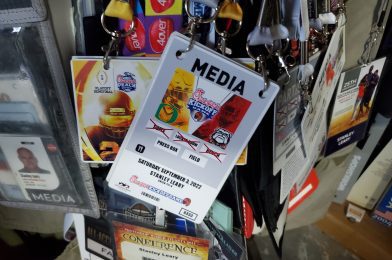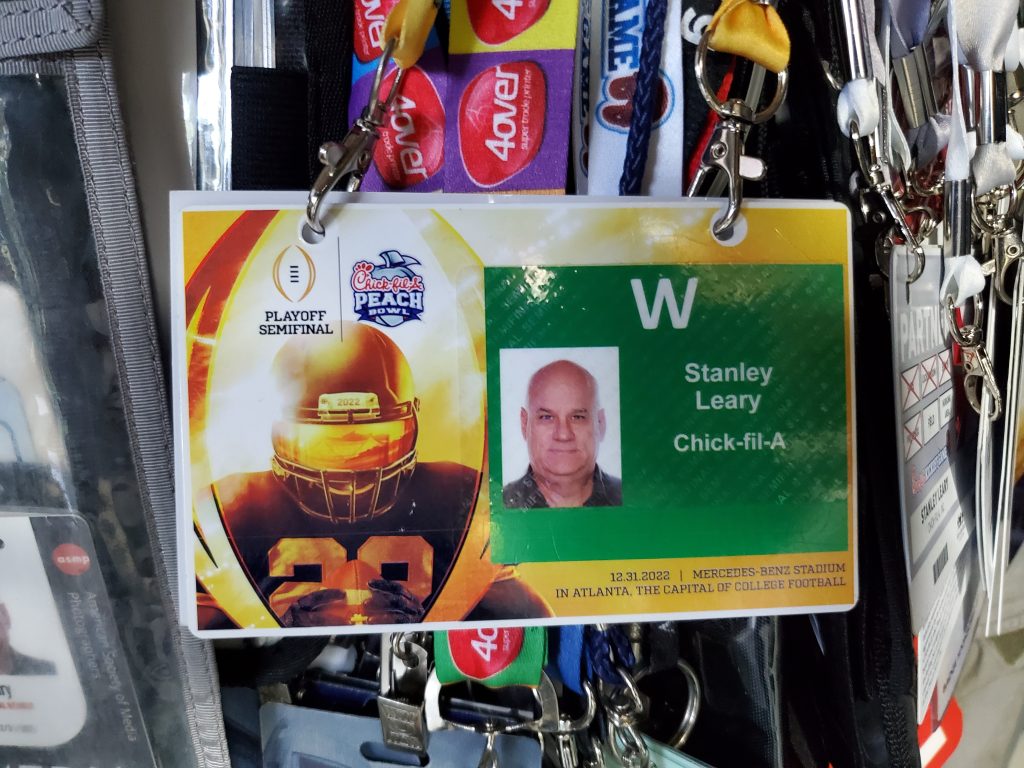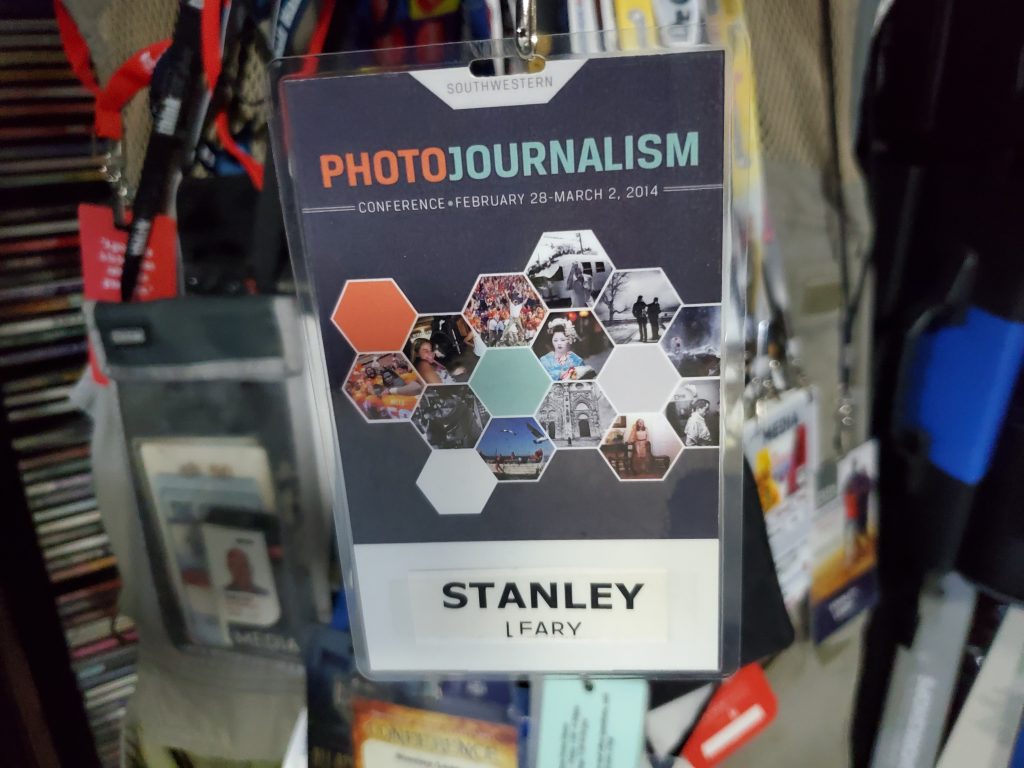Artificial Intelligence (AI) is having a significant impact on the field of photography. It has revolutionized how we edit photos, saving us time and effort. However, it can also take up a significant amount of computer time. So let’s explore how AI affects photography and whether it warrants a price change for photographers to charge their clients.
One of the most significant impacts of AI in photography is the ease with which we can now edit our photos. AI-powered tools like Adobe Lightroom’s Denoise or DXO PureRAW 3 can automatically remove image noise, saving us hours of manual editing. Similarly, Topaz AI Photo can enhance details and colors automatically, allowing us to achieve stunning results with minimal effort. These AI tools make it possible for photographers to focus more on the creative aspects of their work rather than spending endless hours on post-processing.
However, AI comes with a cost. The computer time required to execute AI algorithms can be significant, especially when working with large files. This can result in long wait times for photographers, who may need to process thousands of images. While the result is often worth the wait, it is essential to consider the time and resources required to use AI in photography.
Using tools like Lightroom’s Denoise or DXO PureRAW 3 can still take a significant amount of time, with each image taking up to six minutes for 45.7 NEF files. When working on large projects with hundreds or even thousands of photos, this processing time can quickly add up, leading to long wait times for the photographer. While AI-powered post-processing offers many benefits, including improved image quality and greater efficiency, it’s essential to consider the time and resources required to use these tools effectively.
As a photographer, it is up to you to decide whether to increase your fees to reflect the increased computer time required for AI processing. If you are providing a higher-end quality service that includes AI-powered post-processing, it may be worth adjusting your prices to reflect the added value that AI provides. However, it is essential to communicate the reasons for the price change to your clients so they understand the importance of your service.
In conclusion, AI significantly impacts photography, providing powerful tools that allow us to create stunning images with minimal effort. However, it is also essential to consider the time and resources required to use AI and to adjust our prices accordingly. Ultimately, the decision to charge more for AI-powered post-processing will depend on the individual photographer’s business model and the value they provide to their clients.

